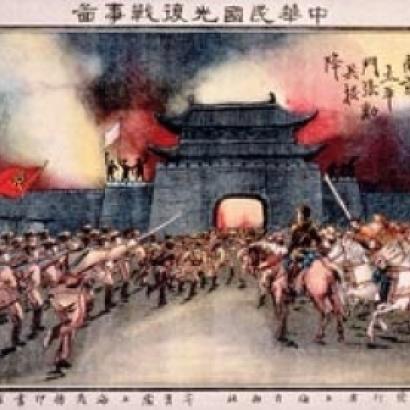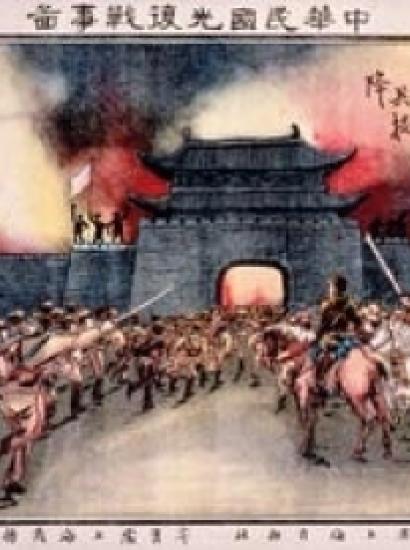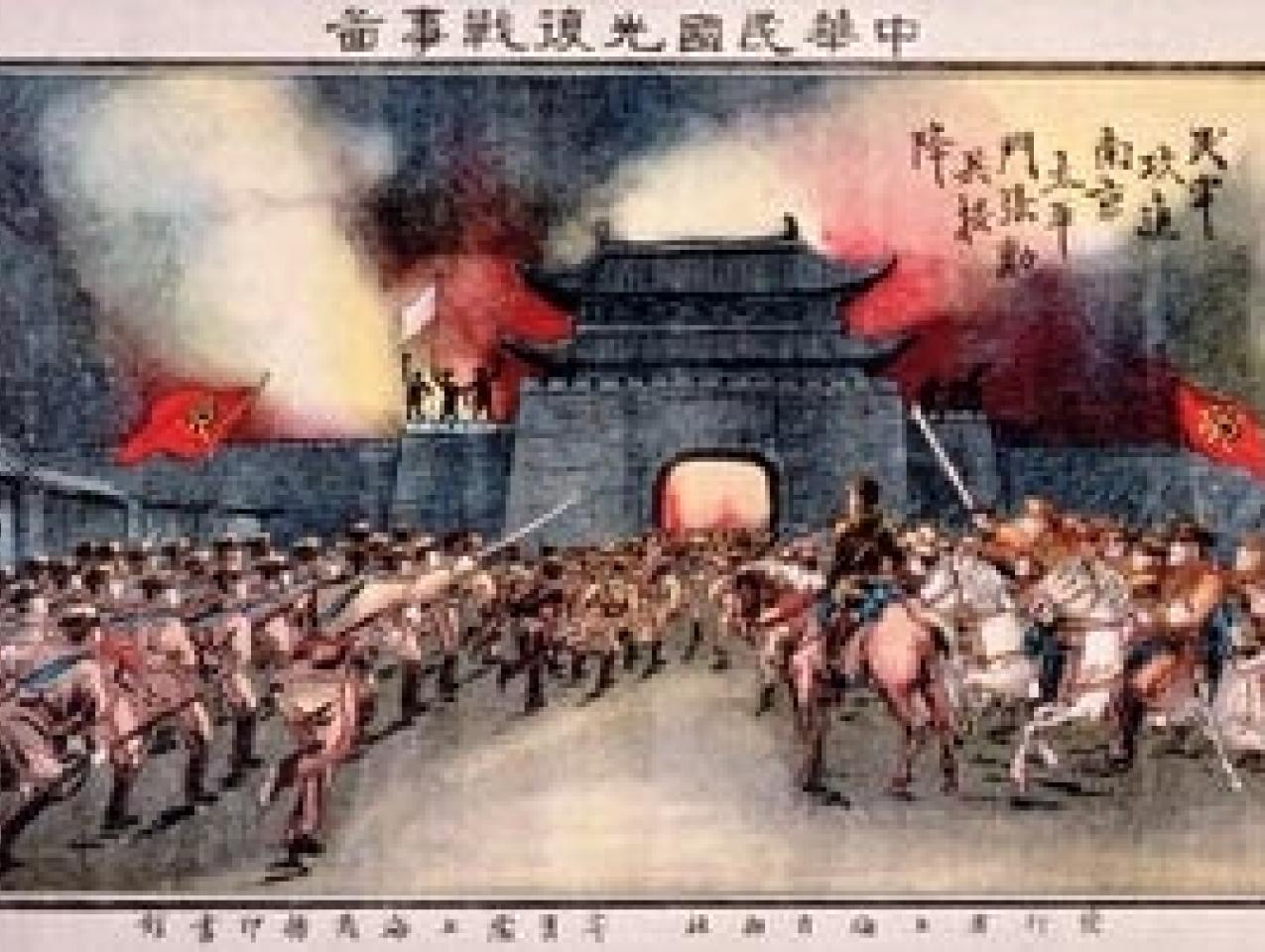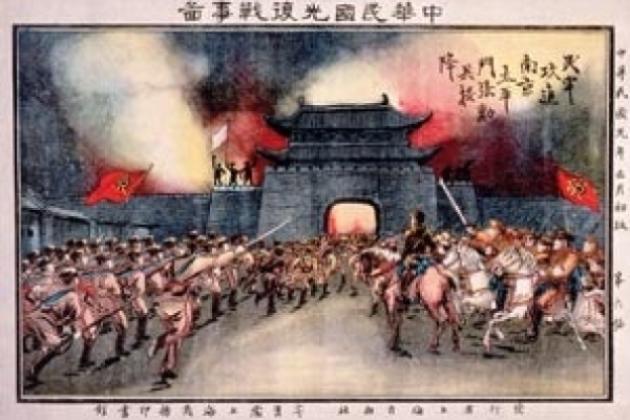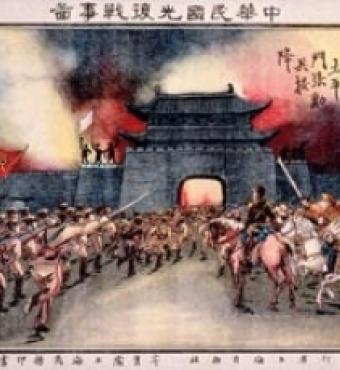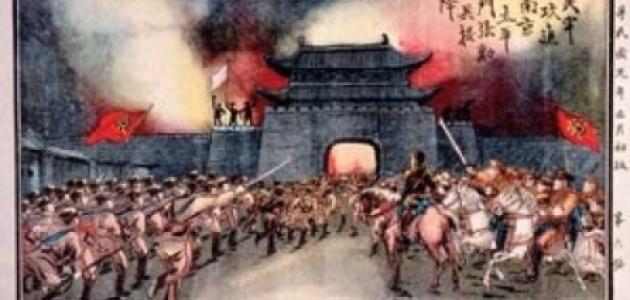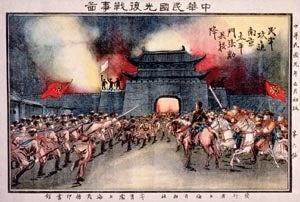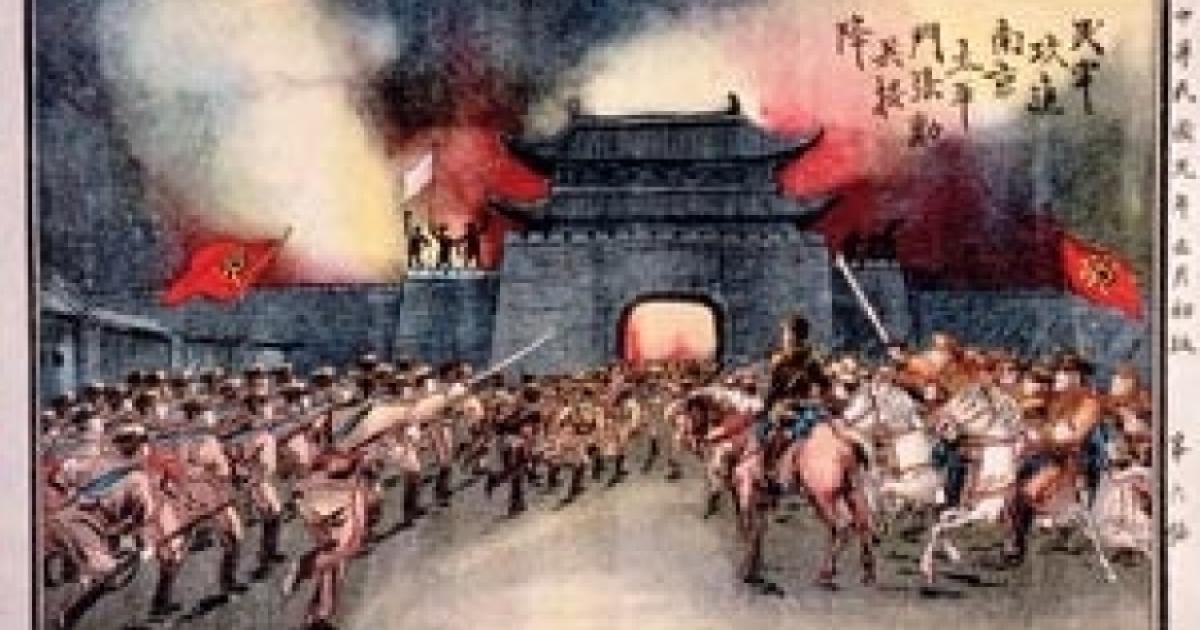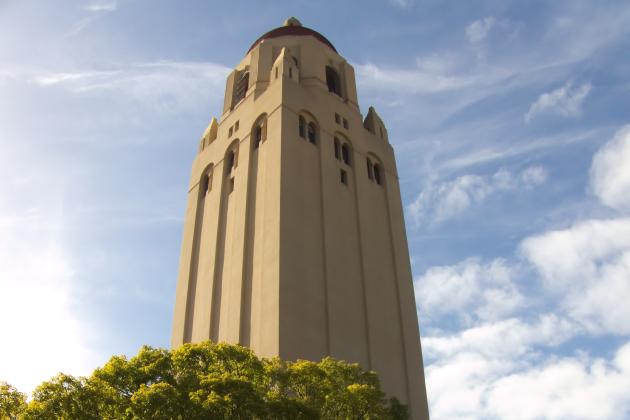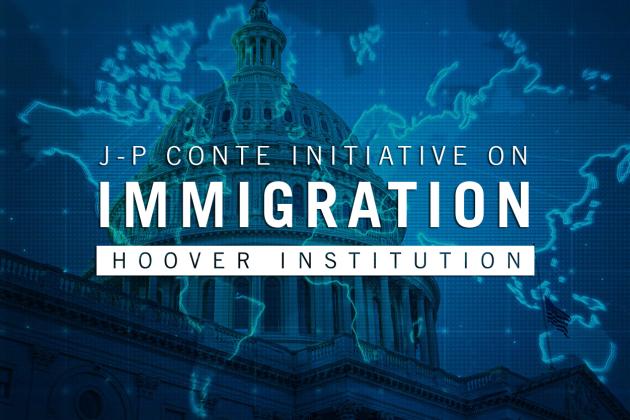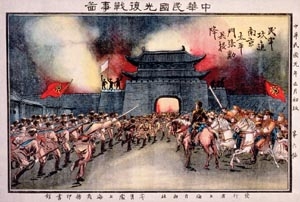
An Exhibition Documenting the History of China during the Twentieth Century
When the curtain opened on the twentieth century, China was still reeling from the Sino-Japanese War (1894-95). That war resulted in China's loss of Korea, Taiwan, the Pescadores, and the Liaodong region of southern Manchuria, in addition to the payment of an indemnity of 200 million taels (a tael equaled approximately 75 cents) and the opening of four more cities as treaty ports. In 1900, the antiforeigner Boxer Rebellion was put down by an expeditionary column of 20,000 troops from Japan, Russia, Britain, the United States, and France, and again China had to pay the bill-450 million taels, almost double the entire yearly income of the Qing government.
To respond to these crises, the aging dowager empress Cixi (Tz'u-hsi) ordered a small group of advisers to travel to Western countries and study their various forms of government. When they returned they recommended a constitutional democracy, using Japan as a model (Japan had kept its emperor). Reforms were begun gradually, and the country edged toward constitutional change. The changes that were introduced included provincial assemblies at the local level, a new education system, abolition of the civil service examinations, the creation of ministries in the government, the publication of an annual budget, and the issuance of a new code of law.
On October 14, 1908, the emperor Guangxu (Kuang-hsü) died. He had been kept under house arrest since his attempts at reform a decade before. Empress Cixi arranged for three-year-old Puyi (P'u-i) to become the new emperor before she died on October 15.
Meanwhile Sun Yat-sen was engaged in plotting to overthrow the Qing dynasty. Unrest in the country spread, assisted by several uprisings created by Sun and others, until an army revolt in Wuchang on October 10, 1911, was the catalyst that toppled the dynasty and helped found the republic.
On January 1, 1912, Sun was inaugurated provisional president of the Chinese Republic at Nanjing, the old Ming dynasty capital occupied by Sun's revolutionary troops. Sun, recognizing that he had not the experience or the force of arms to rule successfully, resigned his position and offered the presidency to Yuan Shikai, a military man and an experienced imperial official with some interest in reforms. Yuan, however, was not about to share power with any national parliament or the newly created Nationalist Party, the Kuomintang (Guo Min Dang). Although Sun hoped that Yuan would use his army and power to realize the goals of the republic, Yuan was never interested in a democratic republic and by 1915 was attempting to establish a monarchy. He died in 1916.




